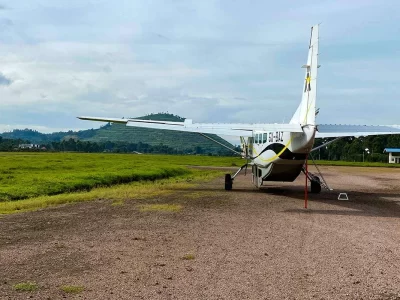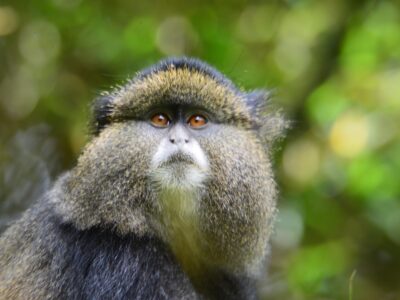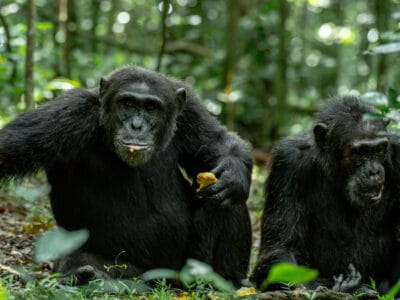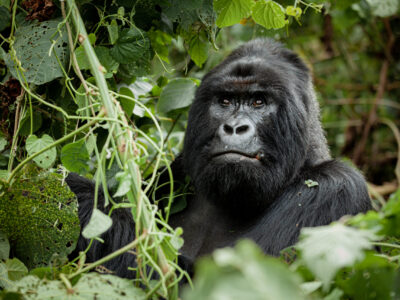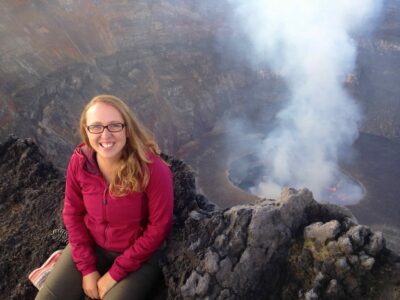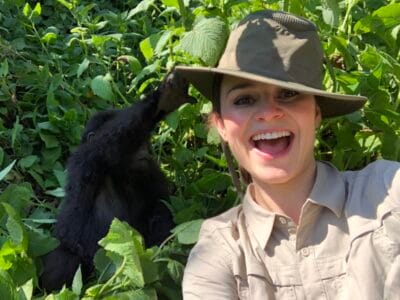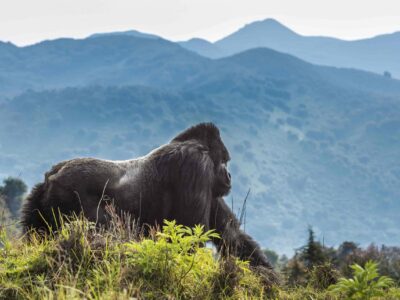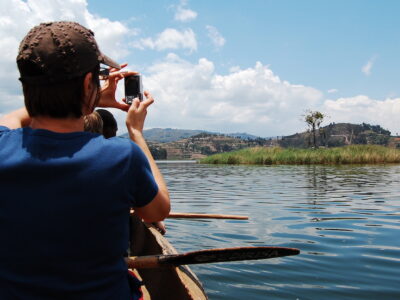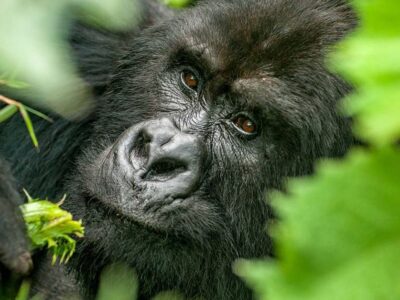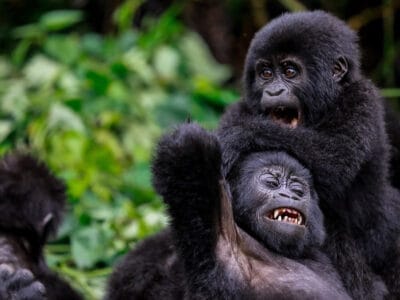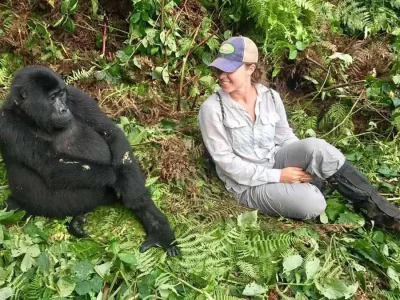Packing correctly for your gorilla safari in Uganda and Rwanda is the first crucial step towards an enjoyable and comfortable adventure. The terrain in Uganda’s Bwindi Impenetrable National Park and Rwanda’s Volcanoes National Park is rugged, the weather is unpredictable, and your comfort on the trek directly impacts your experience.
This comprehensive guide covers everything you need to pack for both gorilla trekking itself and your time at the safari lodge.
Essential Gorilla Trekking Clothing & Wear
This is your uniform for the day you meet the gorillas. The key principles are layering and protection from the elements and forest vegetation.

- Waterproof Rain Jacket or Poncho: This is non-negotiable. The weather can change in minutes. A lightweight, breathable, and fully waterproof jacket will keep you dry and comfortable.
- Long-Sleeved Moisture-Wicking Shirt: Wear a lightweight, neutral-coloured, long-sleeved shirt as your base layer. This protects your arms from scratches, stinging nettles, and insect bites. Avoid cotton, which stays wet and cold.
- Light Fleece or Mid-Layer: Mornings in the mountains are cool. A light fleece jacket or warm mid-layer is perfect for the start of your trek and can be easily removed as you warm up.
- Sturdy, Quick-Dry Hiking Trousers: Do not wear jeans, shorts, or leggings. You need durable hiking trousers that will protect your legs and dry quickly if they get wet or muddy.
- Waterproof Gaiters: These are highly recommended. Gaiters wrap over your boots and lower trousers to prevent mud, water, and insects (like safari ants) from getting into your boots.
- Gardening or Sturdy Gloves: You will often be gripping muddy branches, vines, and thorny plants for balance. A pair of simple gardening gloves will protect your hands and improve your grip.
Crucial Footwear
The right footwear can make or break your trek. The ground is often uneven, muddy, and slippery.
- Broken-In Waterproof Hiking Boots: Your boots must have good ankle support and excellent grip. Ensure they are waterproof and, most importantly, that you have worn them several times before your trip to avoid blisters.
- Long, Moisture-Wicking Socks: Pack several pairs of wool or synthetic hiking socks. They will cushion your feet, wick away sweat, and the long length allows you to tuck your trousers into them for added protection against insects.
Essential Daypack Gear & Equipment
You will carry a small daypack with you on the trek. Hiring a local porter to carry it for you is highly recommended – it provides valuable local employment and makes your trek significantly easier.
- Small Backpack (20-30L): A comfortable daypack, preferably with a rain cover, is needed to carry your water, snacks, camera, and extra layers.
- Reusable Water Bottle or Hydration Pack: You will need at least 2 litres of water. Dehydration is a risk at altitude.
- High-Energy Snacks: Pack some granola bars, nuts, or dried fruit. The trek can be strenuous, and a quick energy boost is always welcome.
- Camera, Extra Batteries, and Memory Cards: You will not want to miss a single moment. Ensure your camera is protected in a waterproof bag (a Ziploc bag works well). Flash photography is strictly forbidden.
- Binoculars: While you will be close to the gorillas, binoculars are fantastic for spotting birds, other primates, and details high in the forest canopy.
- Waterproof Bag/Dry Bag: Essential for protecting your passport, phone, and camera from sudden downpours.
Health & Safety Items
- Insect Repellent (with DEET): Although malaria risk is lower at high altitudes, mosquitoes and other insects are still present in the forest.
- Sunscreen and Sun Hat: When the sun is out, it can be intense at altitude. A wide-brimmed hat is excellent for both sun and rain.
- Personal First-Aid Kit: Include antiseptic wipes, plasters (band-aids), pain relievers, blister treatment, and any personal prescription medications.
- Face Mask: It is often recommended or required to wear a mask when in the presence of the gorillas to protect them from human-borne respiratory illnesses.
Documents & Money
- Passport & Visa: Ensure your passport is valid for at least six months.
- Gorilla Permit Confirmation: Keep a printed or digital copy of your permit confirmation. Your tour guide will likely have the official permit.
- Cash: Bring a mix of US Dollars (newer notes from 2009 onwards) and local currency (Ugandan Shillings or Rwandan Francs). Cash is essential for tipping guides, rangers, and porters, and for buying local souvenirs.
General Safari & Lodge Wear

For your time before and after the trek, comfort is key.
- Casual T-shirts and Trousers/Shorts: For relaxing at the lodge.
- A Warm Sweater or Jacket: Evenings and early mornings in the mountains can be quite chilly.
- Comfortable Shoes or Sandals: To wear around the lodge.
- Swimsuit: Many lodges have swimming pools.
What NOT to Pack
- Brightly Coloured Clothing: Stick to neutral, earthy tones like khaki, green, and brown to blend in with the environment. Avoid black and dark blue, as they can attract tsetse flies.
- Camouflage Clothing: It is illegal for civilians to wear camouflage patterns in Uganda and Rwanda.
- Strong Perfumes or Aftershaves: Strong scents can attract unwanted insects and disturb the gorillas.
- Drones: Drones are strictly forbidden in all national parks.
By packing thoughtfully for your gorilla safari in Uganda or Rwanda, you ensure that you are prepared for the adventure, allowing you to focus completely on the magical, once-in-a-lifetime experience of meeting the mountain gorillas.
To book a gorilla tour package online- simply contact us now by sending an email to [email protected] or call us now on +256-700135510 to speak with the reservations team.

